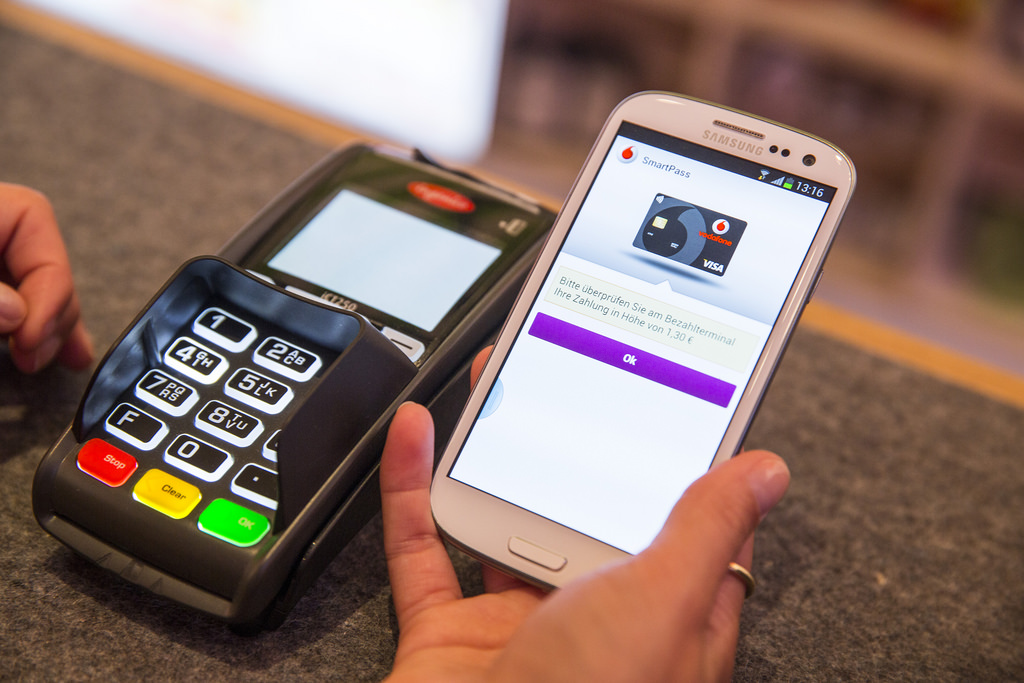Payments
To drive mobile payment use, banks need to think beyond millennials
- Banks are grappling with the low rate of adoption of mobile payments, particularly among older users.
- A millennials-only marketing focus may be a missed opportunity to reach older users; the challenge is to demonstrate a compelling use case.








